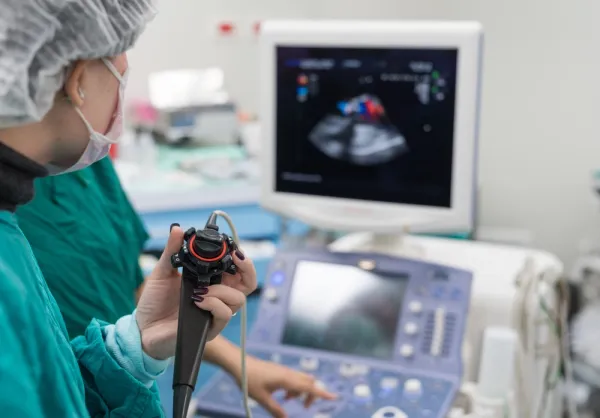Keep Abreast of the NCCI Edits for Bundled Surgical Procedures

Modifier 59 often factors into the claims equation. Coders consider the National Correct Coding Initiative (NCCI) edits to be the last word on determining which procedures are billable together. In most cases, you'd be correct relying on NCCI edits to make sure a particular pair of CPT® codes are appropriately billable. Not so fast: Perhaps the greatest misconception in all of procedural coding, however, is the belief that NCCI edits provide the end-all, be-all determination on CPT® code combinations. On the contrary, you need to take more than just an NCCI edit into consideration when billing multiple surgical CPT® codes. Take the following NCCI advice to heart when working on your next coding bundle. No NCCI Edit Doesn't Mean No Problem At the most basic level, coders are taught that, when billing two surgical procedures in the same relative anatomical location together, they should check the NCCI edits. A basic NCCI check will leave you with one of three outcomes: Many coders unwittingly fall victim to the fallacy that "No CCI edit" means you can unquestionably bill two codes together. However, as the edit suggests, checking the coding guidelines is a fundamental piece of the NCCI puzzle that is often overlooked. Rely on the NCCI Manual for Guidance The process of checking for NCCI edits sounds simple enough, but there are more factors at play here than what lies on the surface - and these considerations require more than just a basic knowledge of coding. Rather, a vast understanding of specialty-specific anatomical concepts and processes is fundamental when making final determinations on surgical code combinations. But before determining whether an NCCI edit applies to any given set of codes, you must be acutely aware of, specifically, Chapter 1 of the General Correct Coding Policies for National Correct Coding Initiative Manual for Medicare Services. Chapter 1, Section 2 of this manual states: "Services integral to HCPCS/CPT® code-defined procedures are included in those procedures based on the standards of medical/surgical practice. It is inappropriate to separately report services that are integral to another procedure with that procedure." Chapter 1, Section 3 goes on to explain: "If exploration of the surgical field results in additional procedures other than the primary procedure, the additional procedures may generally be reported separately. However, a procedure designated by the CPT® code descriptor as a 'separate procedure' is not separately reportable if performed in a region anatomically related to the other procedure(s) through the same skin incision, orifice, or surgical approach." Keep these Keys to Success in Mind So, what exactly is the NCCI manual getting at? Essentially, it's saying that there's more at play than just NCCI edits when determining code set compatibility. Before checking NCCI edits, you should have a strong understanding of how two surgical procedures of the same anatomic location relate to one another. In fact, you should make a habit of asking yourself this particular set of questions each time you are working on two anatomically related surgeries: Modifier alert: Whether you can or cannot bill a pair of surgeries together depends on the answer to these questions. For instance, if the surgeon performs one procedure simply as a means of gaining access to perform the main procedure, you should generally not bill the initial procedure. At the end of the day, it's your responsibility to know which procedures should and should not be billable together in addition to knowing when the use of modifier 59 (Distinct procedural service) is appropriate. "It is important to not only understand your specialty-specific anatomy, but for coders to use the NCCI Policy Manual as a reference," explains Lindsay Della Vella, COC, medical coding auditor at Precision Healthcare Management in Media, Pennsylvania. Della Vella goes on to discuss how NCCI cannot practically cover every conceivable combination of surgical procedures. "The manual does state that it is not possible for Medicare to further address every issue related to standards of medical/surgical practice because of space limitations. However, they do provide several general principles that can be applied," she says. The implication here is that you might not be allowed to bill two anatomically relative surgical procedures together even if an NCCI edit allows for it. It's the duty of the coder, above all else, to make sure that coding two or more surgical procedures together is in accordance with Medicare's NCCI guidelines. To add: The American Medical Association (AMA) and affiliated professional medical associations also provide guidance regarding coding combinations that are allowable or bundled. While these guidelines often overlap with NCCI, this is not always the case. Remember that NCCI is a contractor for CMS that develops coding restrictions - while it is ultimately the AMA that determines correct coding application in conjunction with advice from the professional medical associations.




